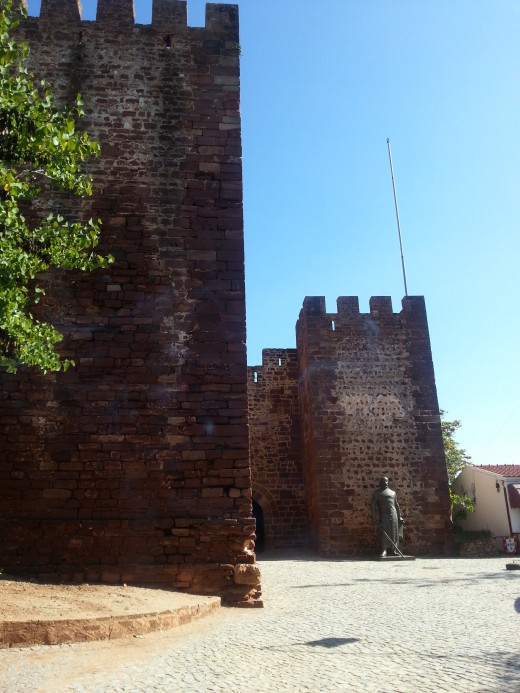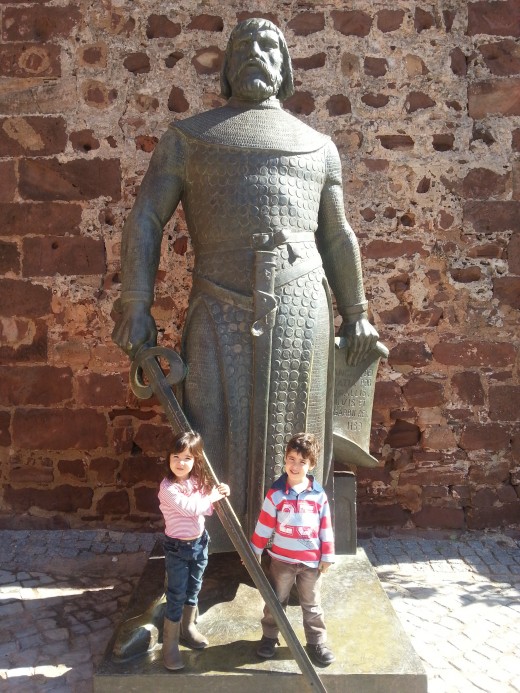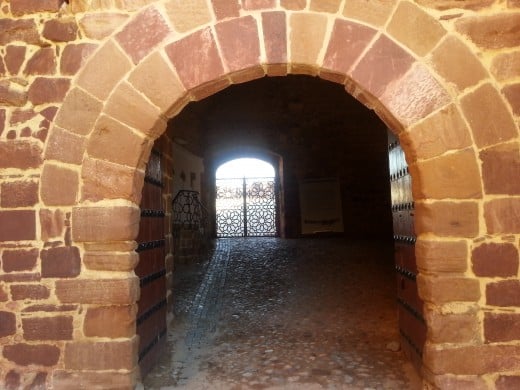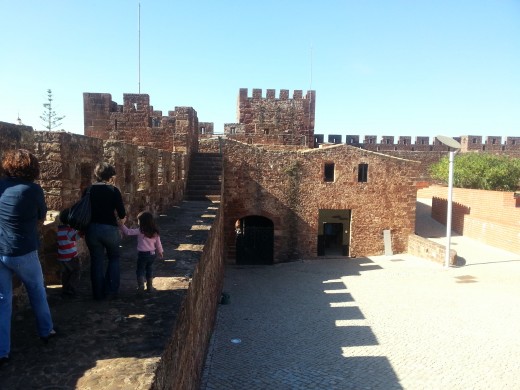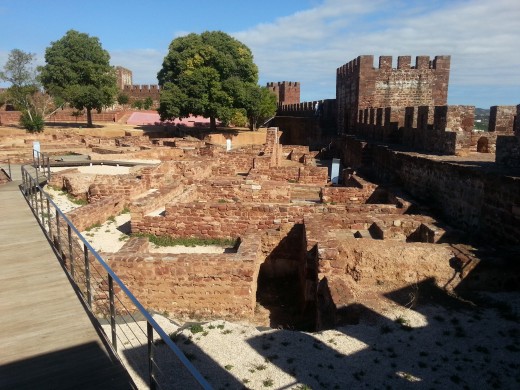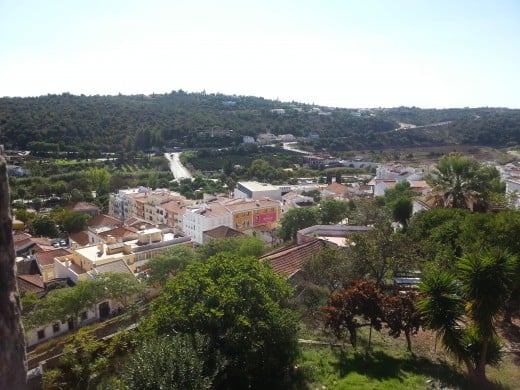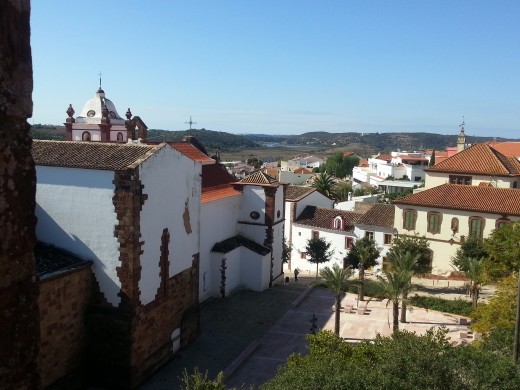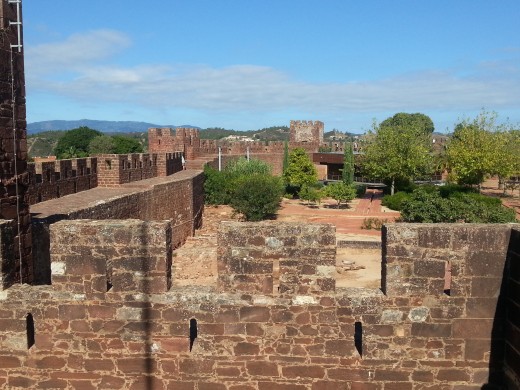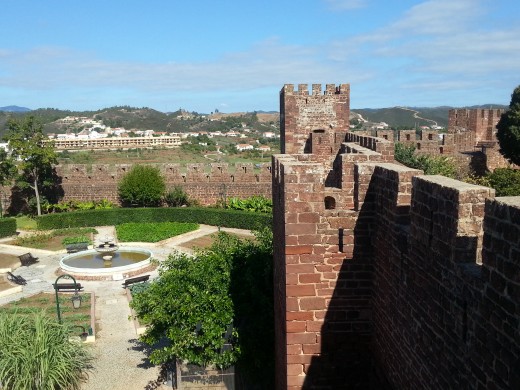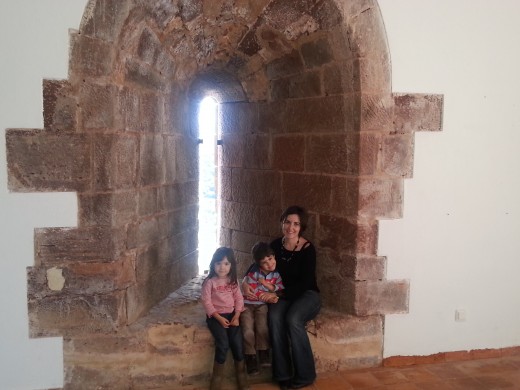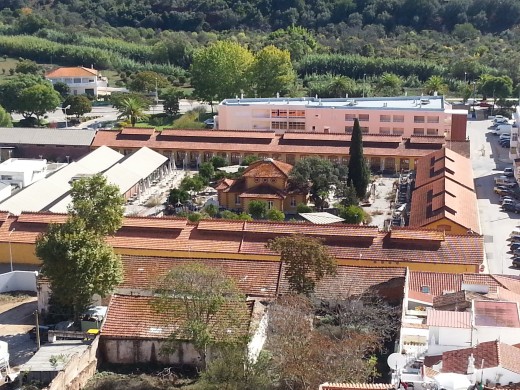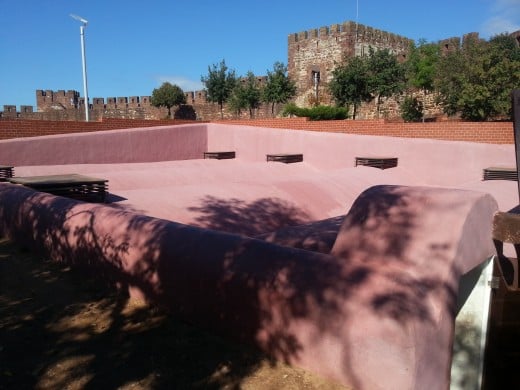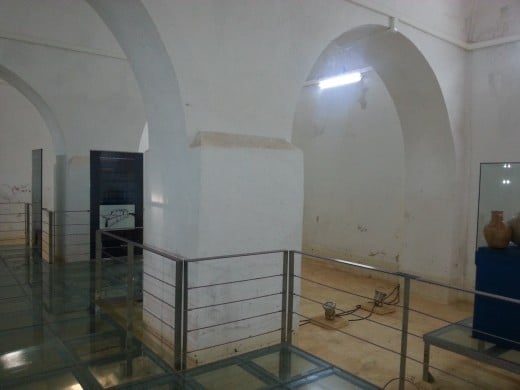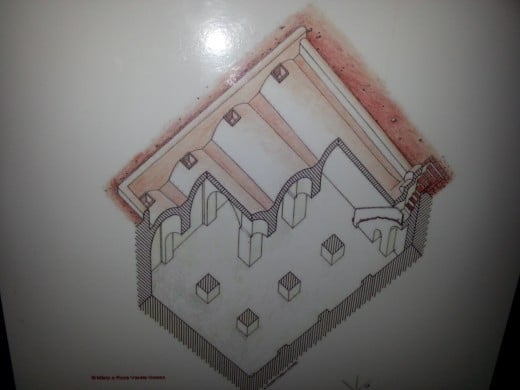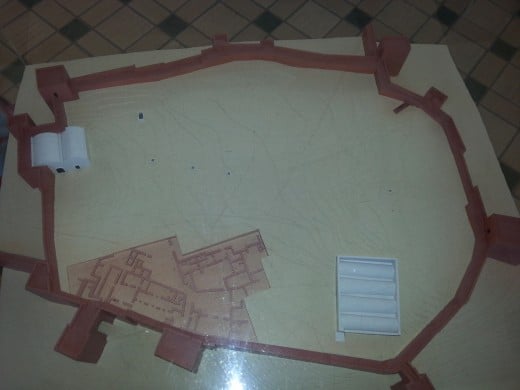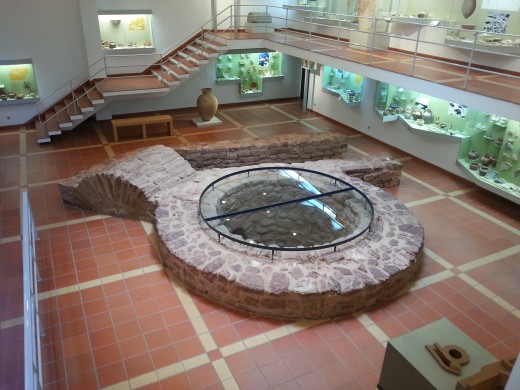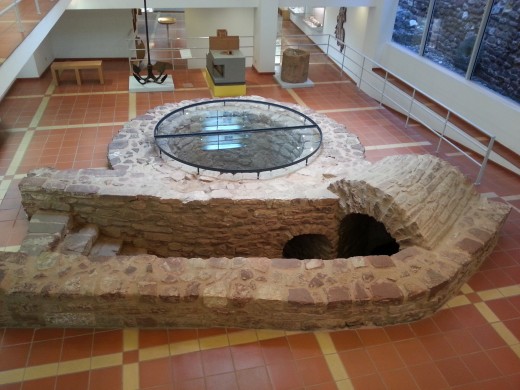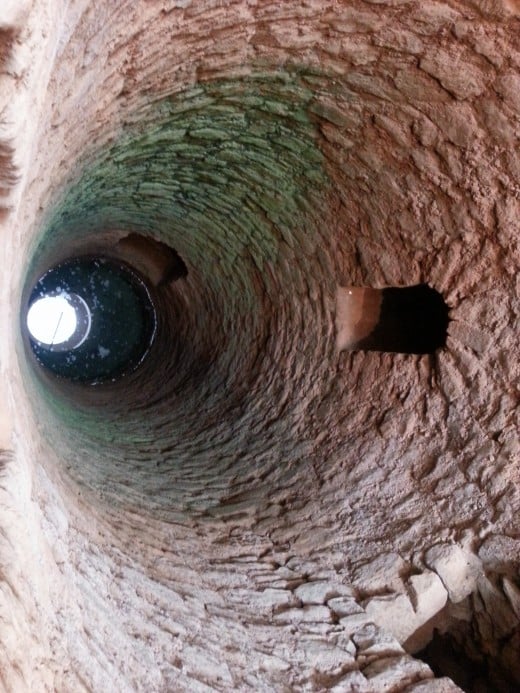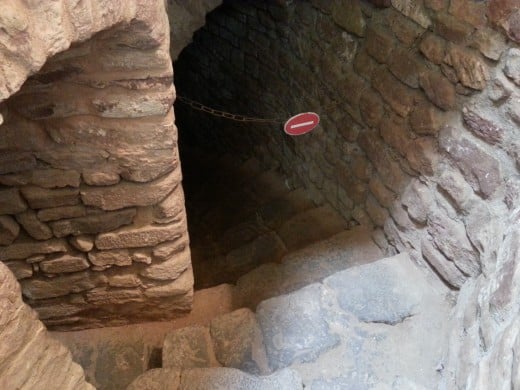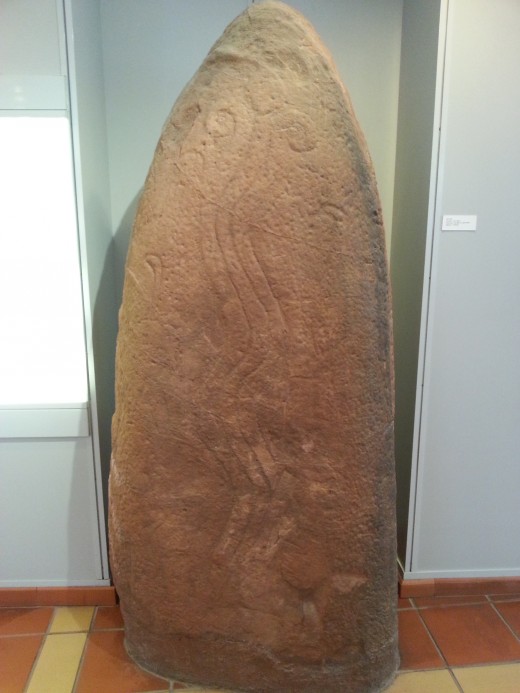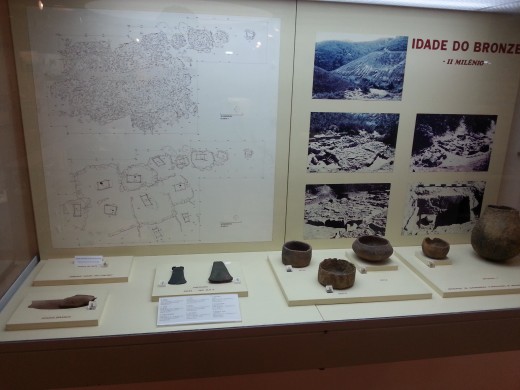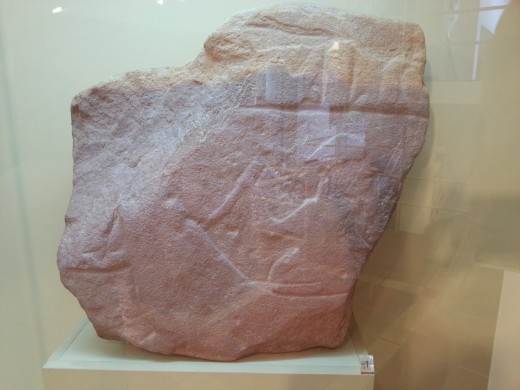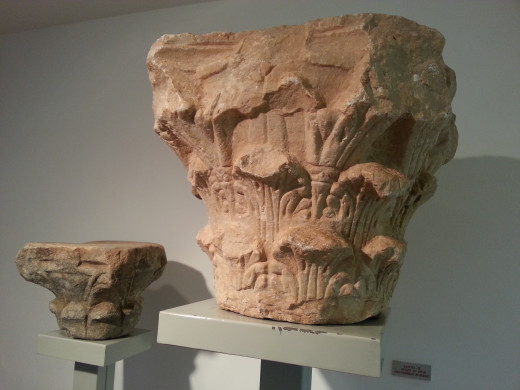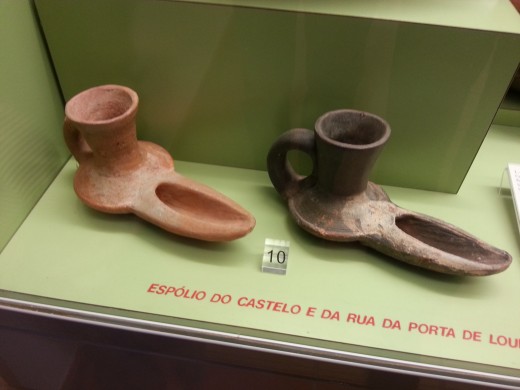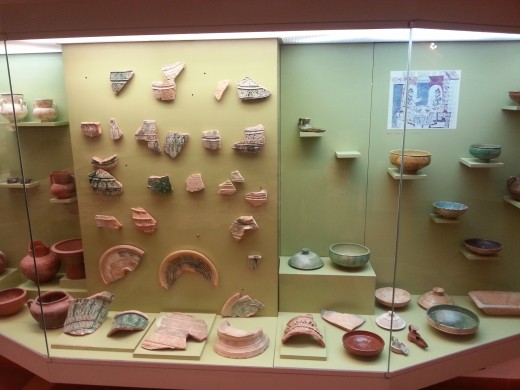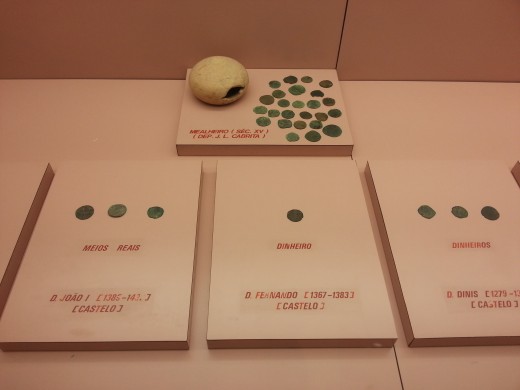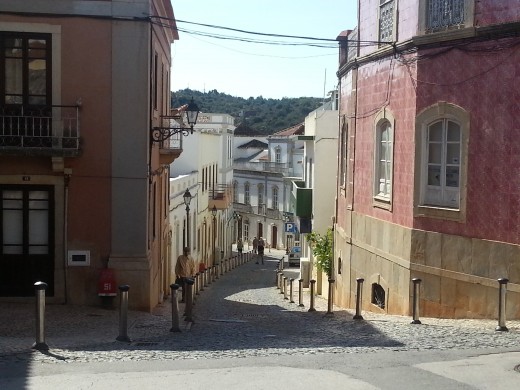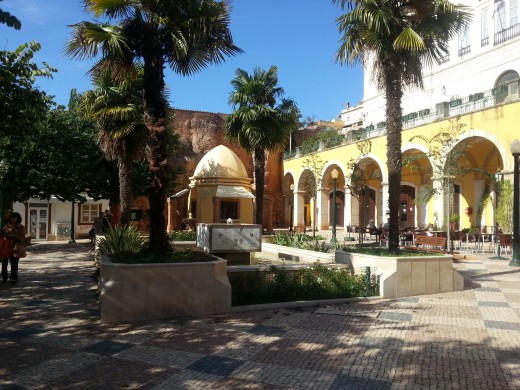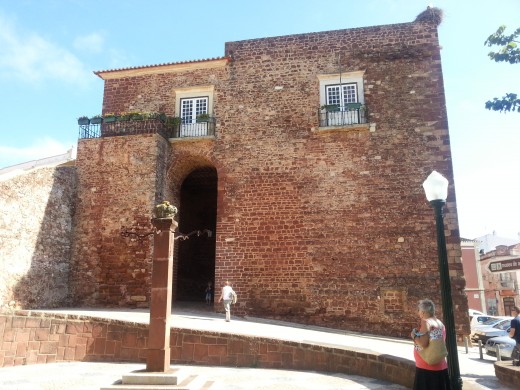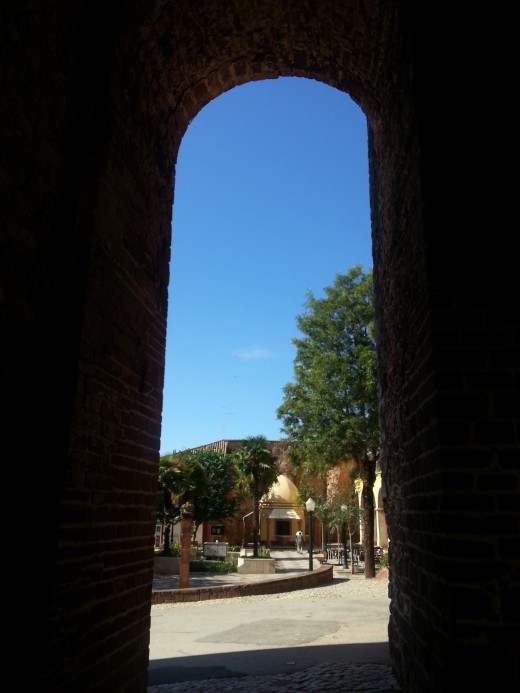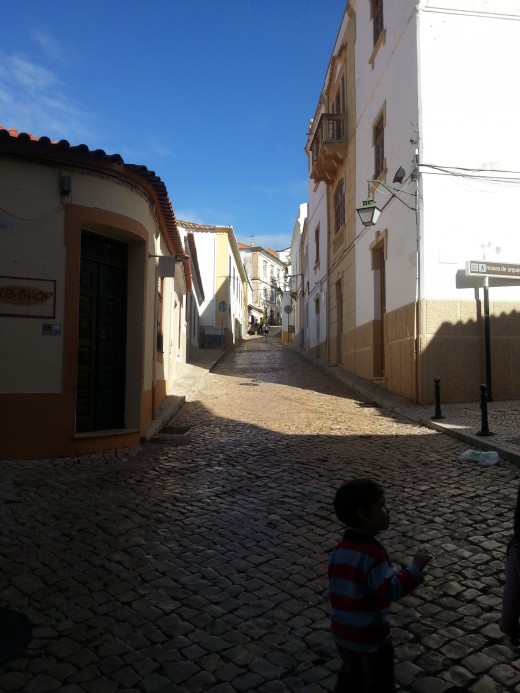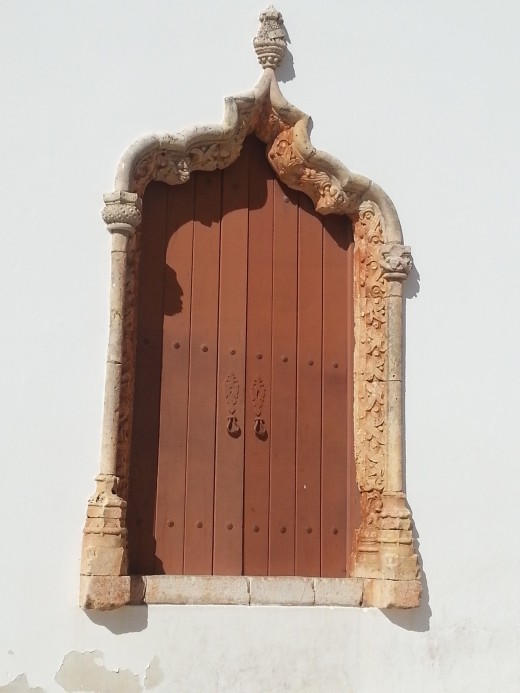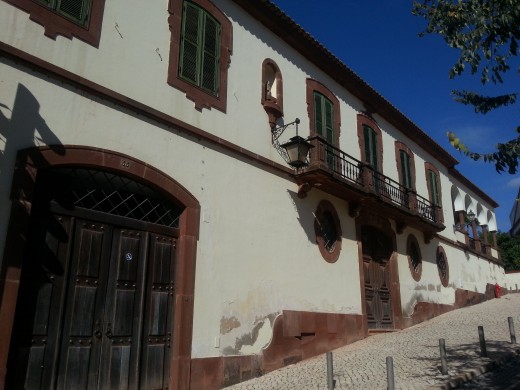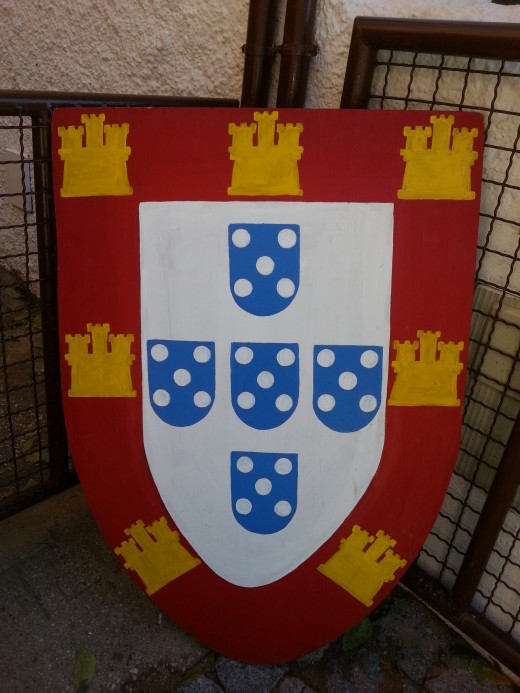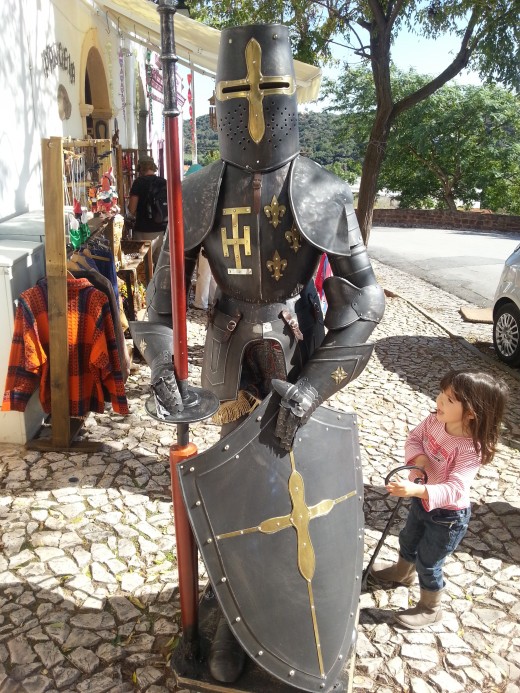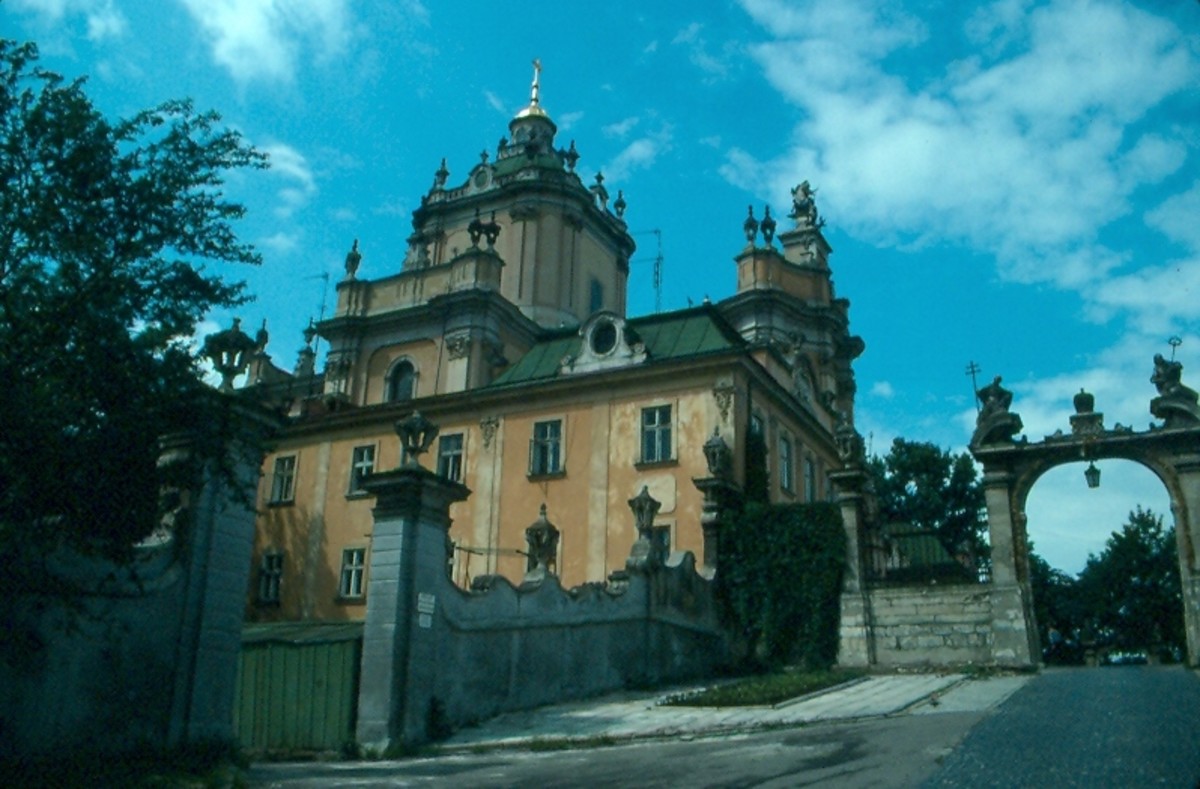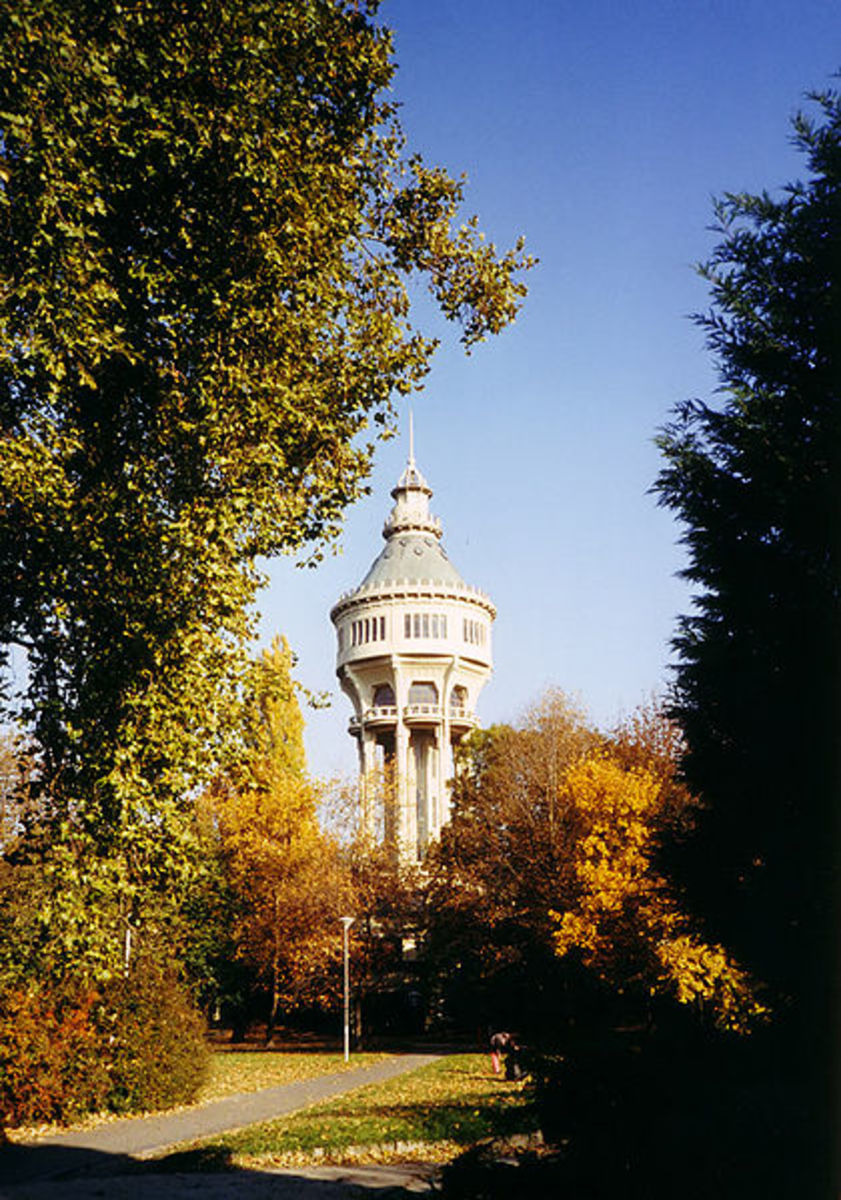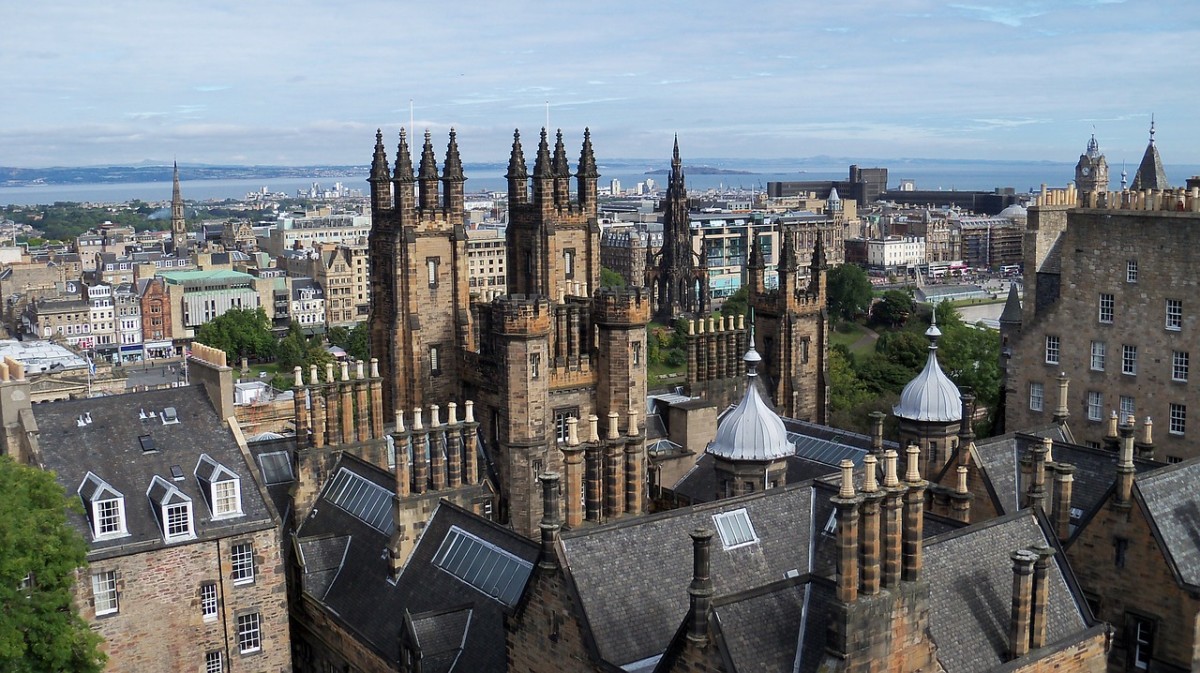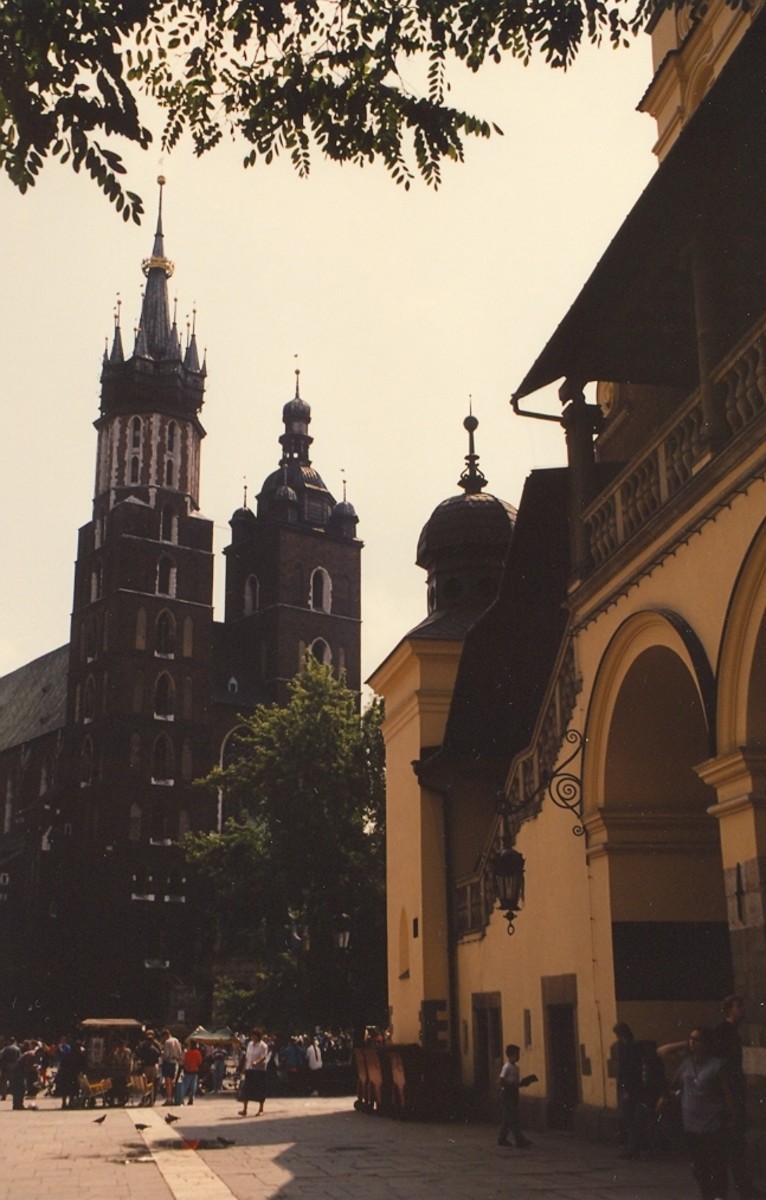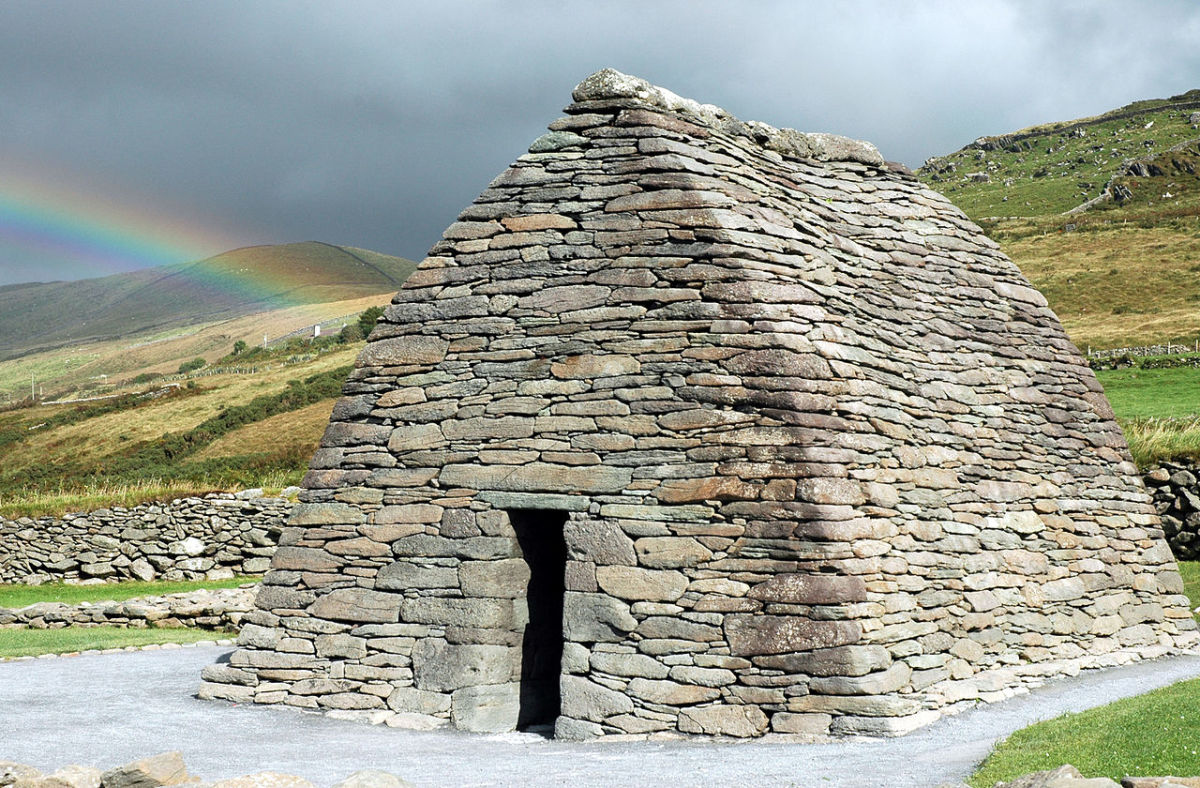Visit Silves - Travelling in Portugal
Silves, a city located in south of Portugal's region of Algarve. It is an old town, it was old 1.000 years ago, a busy Arab port city and, of course, it is even older now... It is not a tired town, though and, like all old towns, it holds many tales within its walls.
Silves is located in the Algarve, but couldn't be further from the notion we have of what is the Algarve - again it is not all about beaches - and beaches are definitely something you don't see in Silves, but instead, wherever you look, there are mountains and a castle.
So, if you are visiting the Algarve, don't forget to go around Silves and discover a bit of magic. Allow me to be your guide, just to show a bit of what you can see and learn...
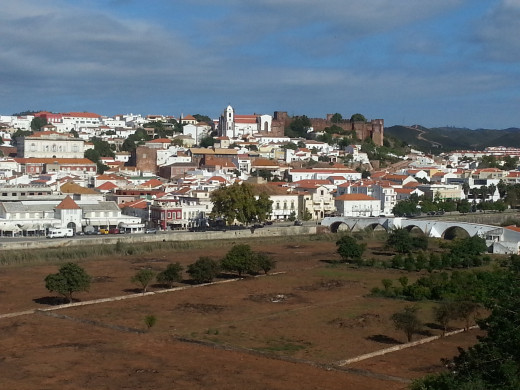
A bit of history...
Silves was home to Romans, Celts and Arabs... Under the Romans it was most likely called Cilpes. Then along came the Celts and afterwards, and most importantly, the Arabs that named it Shelb or Xelb and it was under Arab rule, beginning around 714/716, that Silves or Xelb actually prospered. The river ran besides it, flowing gently to the sea... The mountains guarded its back. Its high, dominant position allowed enemies to be spotted far away. So, on top of the hill Silves' castle was built to protect its Arab rulers and Xelb's people. The city prospered, it was a place of lavish houses and amazing bazaars, it was a place for poets and artists, it was a place for trade. It was actually called the Bagdad of the West and it was quite a big city, at one point it actually was the capital of the Arab kingdom of the Al-Gharb.
Commerce and trade was always one of the reasons why Silves was such an important city. The fact that boats could sail up the river, brought Greeks, Carthaginians and many others to Silves, in search not only of the Arab wealth, but also - and much before - in search for copper and iron.
During the 11th and 12th century the Arab world and the kingdom of Algarve with it were living difficult times with civil and political upheaval and so the Christian kings to the north, from the newly kingdom of Portugal, looking to expand their territories and, while they were at it, convert the unfaithful, took advantage of these troubled times to conquer Silves, which they finally did under the rule of D. Sancho, the first, in 1189, after a long, bloody siege. Nonetheless, their rule was short, since two years past the city was taken back by the Arabs again, only to be reconquered by another Christian king, this time, D. Afonso, the third, in 1242/49, this time for good.
The Middle Ages were literally black times for Silves: the war had stripped it from its wealth, its trade and a lot of its people, then came the plague and the earthquakes. The coup de grâce may have been the aggradation of the river, which not only took the commerce and trade away, the port and the status as one the most important cities of the Iberian Peninsula, but also turned the river bed to a swamp that brought nothing more than mosquitoes and fever. Surpassed by cities like Lagos and Portimão, Silves had to find another place in history and reinvent itself.
The city and its people turned towards the mountains and the land, since they had been robbed of the river and by the 19th century Silves had found its place in cork production, in dried fruits production and in agriculture.
Now, Silves is a city proud of its past, looking towards the future, through sustainable agriculture and cork production. It is a beautiful city, peaceful and quiet and it can be a nice place for a visit and/or a great place to live.
Where to go, what to see
Though this article is about the city of Silves, I have to recommend something else while you are around...
Near, all around Silves, there are numerous hills, with great views, there are dams and birds to watch and trees and flowers to see.
Something which I just love doing is driving through the hills slowly, stopping here and there, picking up some flowers, enjoying the view and having a pic-nic somewhere along the way...
Therefore, if you are visiting Silves don't forget: enjoy the city, but don't forget the countryside... And, of course, it's there where you find the most amazing restaurants with that homely, comfort food, if you are not up for a pic-nic.
But this is about the city, so what should you see, where should you go?
Silves Castle
Click thumbnail to view full-size














The castle
Up above the hill stands the Castle guarding the city. It was built under Arab rule and it rules over the city still. It stands tall with its red sandstones, typical from the region. It is the biggest castle in the region of the Algarve.
Though built under Arab rule, the castle was kept, reinstated, enlarged and reinforced by the Christian kings.
Due to the 1755 earthquake the structure of the castle was severely damaged and needed repairs.
At the moment it is one of the most well preserved Moorish castles in Portugal, after extensive repair work, which also allowed for further archaeological excavations, which uncovered new structures inside the fortification.
The castle and the fortification were built somewhere between the 8th and the 11th century and they occupy an area of 12.000 m². It's impressive to behold the massive fortified walls and the towers overlooking the city. Inside it's still possible to see the ruins of the baths and the Moorish Lord's old house. In good condition, it's still possible to visit the water tank that dates back from Arab rule and that was intended for long sieges, since it could supply the entire population of the castle for one year long.
Silves Cathedral
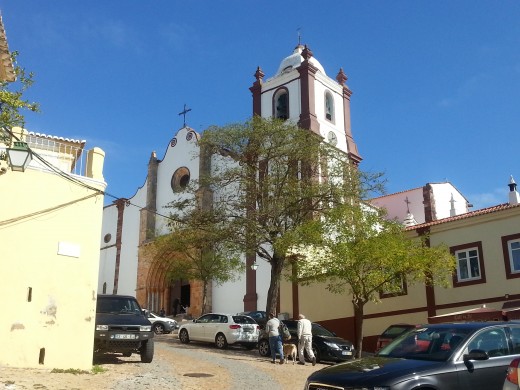
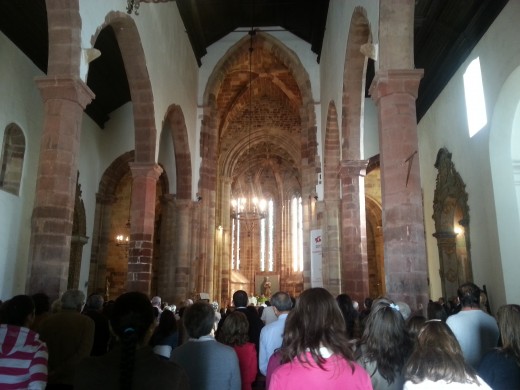
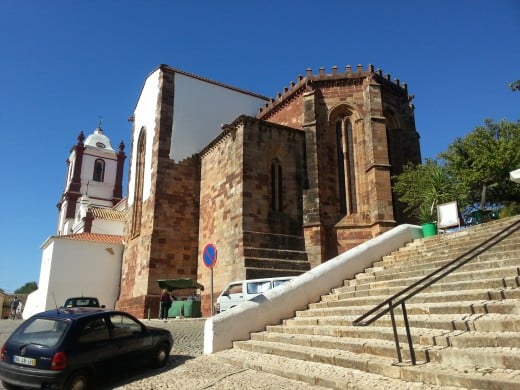
Silves Cathedral
The beginning of the construction of Silves cathedral dates back from the 13 th century, after the conquest of the city by the Christian kings. It is a gothic construction in the shape of a cross. During the centuries it was improved or changed, but it still remains a simple gothic construction, with straight lines and few decorations, apart from the religious figures, pictures and altar pieces.
Inside, you find several tombs of noblemen from Silves and others, including that of king D. João II, that died nearby, in Alvor in 1495. The King, who for long had suffered a strange illness, had been travelling through the country and was staying in Évora, when he heard that the waters of Monchique in the Algarve had amazing healing powers. So, he decided to travel to the Algarve, but unfortunately Monchique's waters actually made his condition worse. Eventually, he left Monchique and sought some rest in Alvor, where he died. His final resting place was and is still the Cathedral in Silves.
Silves museum
Click thumbnail to view full-size










Silves museum
The museum was set up in 1990 on the site of a 19th century house, where, bellow the pavement, archaeological excavations found in the 1980s a very peculiar well-cistern. The museum was built around this piece, displaying the archaeological finds of the town and the region all through history, from pre-history to the Roman or Arab period and the Portuguese period until today.
But the well-cistern is actually the jem of the museum. Much as been said about it, but much is pure speculation. First it was thought of being an Arab construction, most probably from the period when Xelb was conquered back from the Christians, but there is no other well-cistern such as this all over the Arab world. In fact, there is only one other like it in Egypt, which could have been built by the Romans. It is possible that the well-cistern is much older than originally thought and that was built around the 4th or 5th century, much before Arab rule, although the most supported thesis is that it is an Arab construction.
Anyhow, it is one of a kind construction, the well-cistern is called like that, because it was also designed to collect the rainwater from the rooftop of houses, as well as serve as a well. It also has a helix staircase around it with three windows that gave access to the water. It is built in the traditional red sandstones of the region and it is in excellent condition. Somewhere back in the 16 th century it was filled with rubble and remained so, beneath the pavement of a house, until in the 1980s archaeological diggings brought it back to the day light.
If you visit the museum don't forget to have a look at the Iron Age funeral monoliths filled with inscriptions that are thought to be one of the first examples of writing in the region, which meaning still eludes us and, of course, step out to the balcony on the first for a magnificent view of Silves and the Englishman's factory.
The Town
Click thumbnail to view full-size








The town
All around the castle and the cathedral you find the old town, small streets going up and down, old houses, small houses, big houses. While you walk around the town of Silves enjoying a trip to the past by looking at the old houses, the real trip to the past is actually under your feet, beneath you are centuries of history, Roman and Arab artifacts, middle age family houses, ceramics and so much more. All that area, around the castle and the cathedral, is a protected area, every time someone wants to build or rebuild something there archaeologists take their time to dig in and find something new, or should I say old? And most of the times they find the old towns of Cilpes and Xelb.
Take your time walking around enjoying the town. It's not just about monuments, but about regular houses throughout history. You can still find big houses from some noble family standing, such as the Palace of the Viscount of Lagoa and other marvellous examples of the turn of 19th century architecture. Be sure to have a look at the town hall building, which is one of those examples.
There is another building, which is definitely worth a visit, although it is currently closed for public, which is the Englishman's factory. Hopefully it will open up again, allowing the chance to visit what was back in the 19th century and through most of the 20th century a cork factory, that eventually closed down. More recently, the various buildings of the compound were open to the public as a Cork Museum, considered one of the best industrial museums in Europe, that also featured recreational and entertainment areas, such as a restaurant, a bar and others. Unfortunately, it closed down for lack of funds. It remains closed, with no investors in site. Meanwhile, if it remains closed, be sure to have a look at it from the castle or from the balcony at Silves' Museum.
And, of course, don't miss the typical products from Silves, such as all sorts of products made of cork, the wonderful oranges, the dried fruits and the homemade liquors and jams.
If you visit the city during August you'll have a chance to experience the Middle ages in Silves, since there is a Medieval fair every year in August. You can even rent a costume and dress like a king or a princess or, even, a bishop, if you are feeling pious enough.
The park and the river
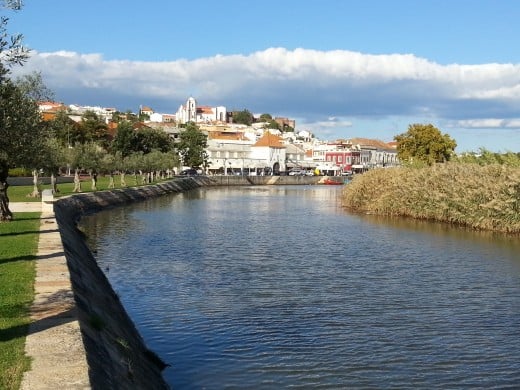
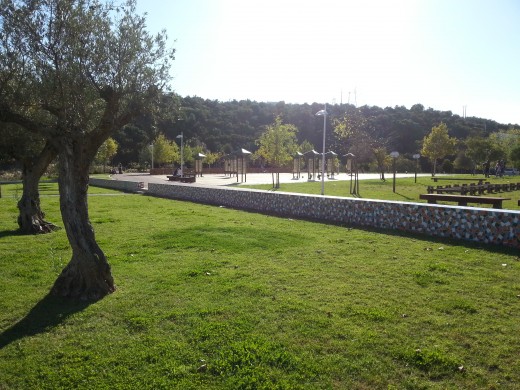
The park and the river
Recently the area by Arade's river - the river that goes through the town and the one that was responsible for most of its grandeur and importance centuries ago - was upgraded.
A new park for children, another for skaters and bikers, new green areas, trees a'plenty, all that you can find by the riverside, it's a great walk, if you want to relax a bit or have a picnic with your family.
Near the park you also find the local market and boarding place if you want to discover the river by boat. If the tide is high enough you can take a trip by boat from Silves to Portimão down the river. It's a great experience and one you really shouldn't miss.
The thing about Silves is that it is very different from the Algarve brochures, there is no beach, but there are plenty near enough and you can still feel the quiet and relax, although there is a lot to explore also, whether you are into nature or history or hunting or good food... Everything is within reach, you just need to grab it...
Feedback
Don’t forget to leave me your comment and vote on the hub.
For more information check out my profile and stop by my other hubs.
And if you enjoyed, may be you can also join us here at Hubpages, it’s fun and free and you can click here.
© Copyright Nov 01 2012 / Algarveview.hubpages.com. To use part or the whole article you must first get written permission from the author. Feel free, nonetheless, to use an intro of the hub with a link to the article here on hubpages for the rest of the article.
© 2012 Joana e Bruno

